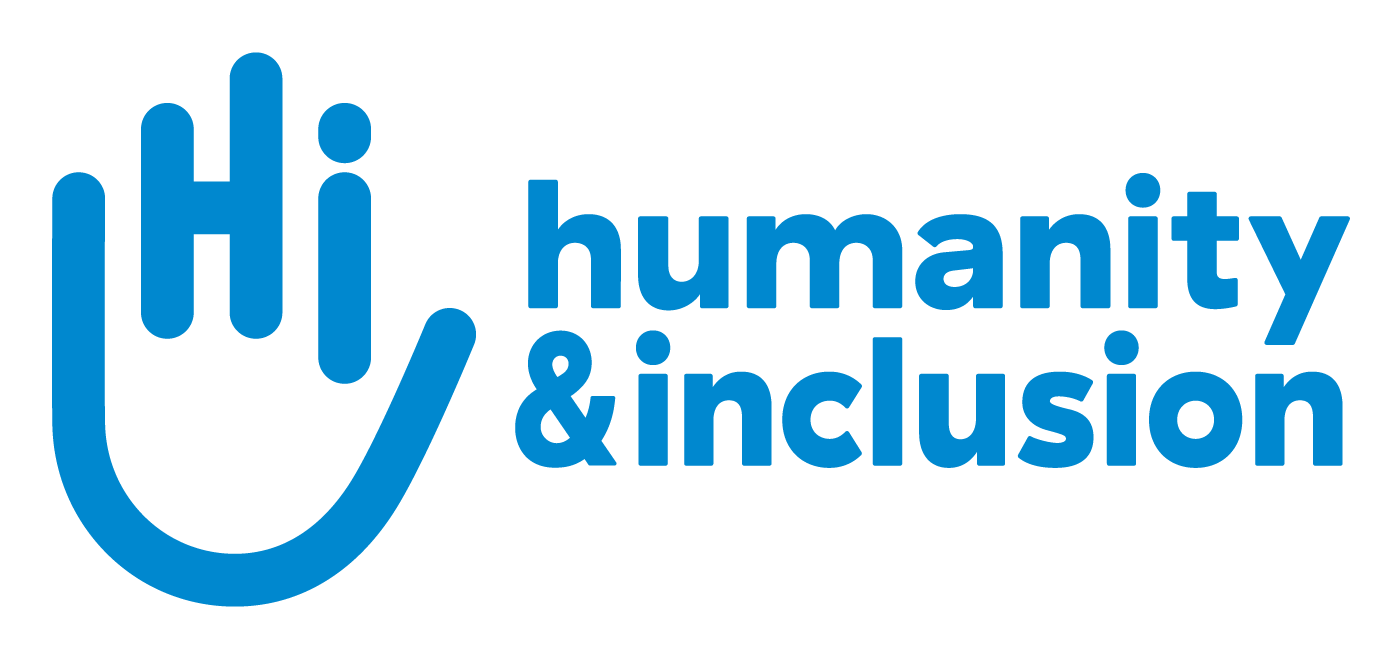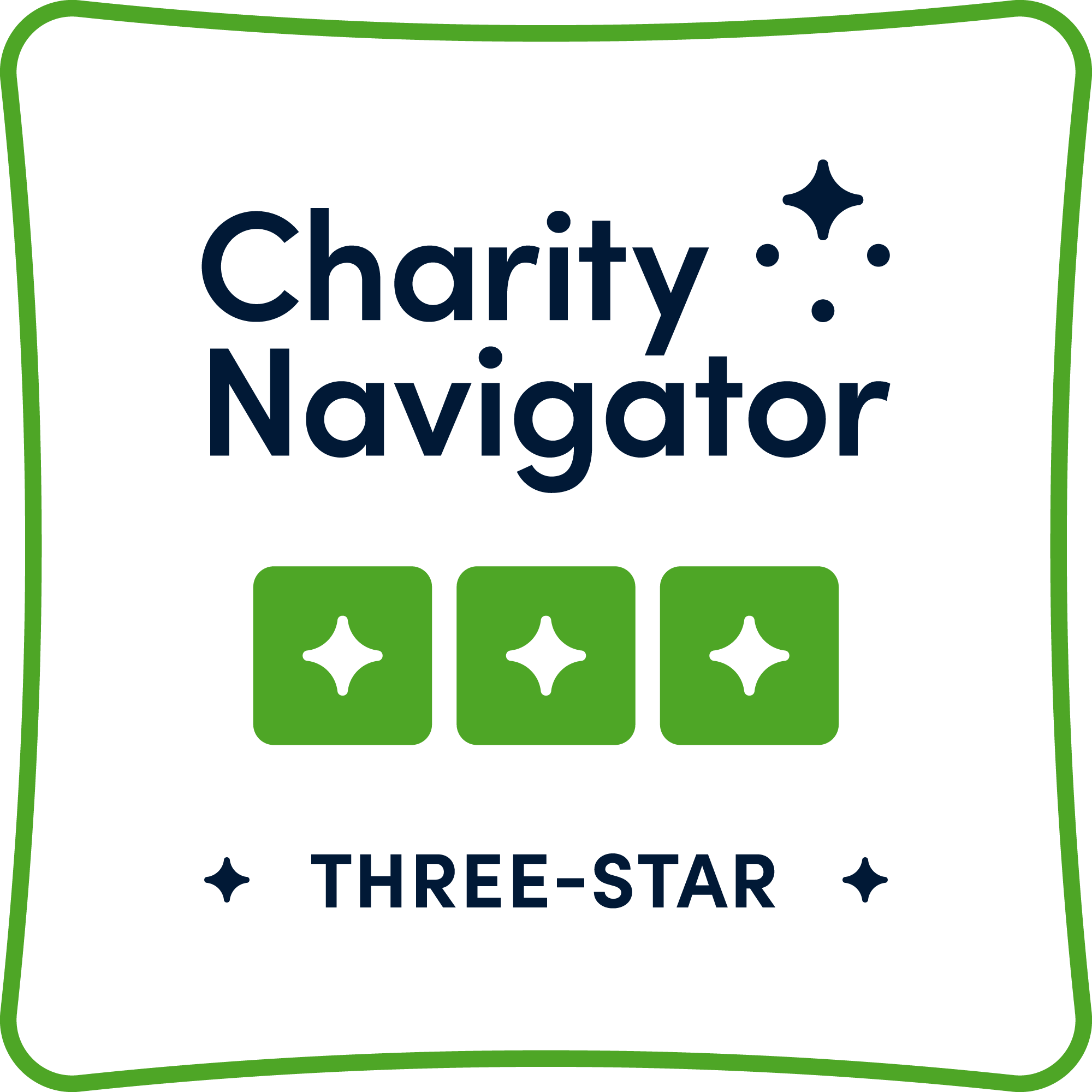Haiti
In Haiti, HI runs projects focused on rehabilitation care, mental health and psychosocial support and the prevention of emerging infectious diseases.

Villereson, 14 years old, had his left foot and right arm broken during the 2021 earthquake. Accompanied by his mother, here he participated in his 12th therapy session. | © G. H. Rouzier / HI
Our actions
With the outbreak of a new cholera epidemic at the end of 2022, HI’s program in Haiti has launched a project to help contain this disease. Our teams support communities with awareness-raising activities and measures to prevent transmission of the disease. They are also carrying out chlorine decontamination and distributing hygiene items, such as soap and chlorine products. The program is working with local actors to coordinate the response to the epidemic and ensure it is inclusive.
In the west, southeast and north of Haiti, Humanity & Inclusion is helping to develop the rehabilitation sector through training and skills transfer. The organization promotes the global recognition of rehabilitation professionals and strengthens care provision in the country.
HI also runs an economic inclusion project to enable people with disabilities to find work and earn a sustainable income. Our teams help people to define their projects and develop their activities. They also train companies to be more inclusive by making reasonable accommodations in their employees’ workspaces. HI also supports organizations of people with disabilities with their national advocacy work to promote the development of a more inclusive working environment in the country.
As a continuation of the emergency response to the August 2021 earthquake, HI’s teams are providing rehabilitation care and support to a number of health centers in the Grand Sud. They are also providing mental health support and individual and community psychosocial support through awareness-raising actions to help people deal with the trauma of the earthquake.
To strengthen disaster preparedness and protection, HI raises awareness and trains authorities and partner organizations to take the populations with specific needs into account in their interventions, including elderly people and people with disabilities. Vulnerability assessments and simulation exercises are carried out and used to develop adapted action plans.
The program is also developing a logistics platform for the transport of humanitarian goods and merchandise by sailboat. This pick-up and storage service is made available to other humanitarian organizations in order to ensure the safe delivery of essential goods along the entire Haitian coast, avoiding blocked roads. HI’s teams are also training Haitian maritime transporters in navigation techniques and safety at sea.
Areas of intervention
Latest stories

Tropical storm Melissa hits the Caribbean with full force
In Haiti and Cuba, where HI teams are based, the damage is considerable. There are fears that humanitarian needs will skyrocket.

Haiti: Hope for a better tomorrow
The situation in Haiti is nothing short of catastrophic with a security, health and food crisis. Yet Haitians are not despairing and remain hopeful of seeing their island regain its former splendor.
a life
Background

Haiti has been experiencing a political, economic, social and security crisis for several decades — a crisis that has worsened considerably since 2018, with an unprecedented level of violence reached in 2023.
In Haiti, organized crime groups, or "gangs," are gaining control over more and more territory, particularly in the capital Port-au-Prince, where they now control 80% of the area. They commit acts of violence, including murders, mass killings, kidnappings and rapes. This chaotic situation has led to more than 200,000 internal displacements since the start of the year, to various improvised sites (schools, public squares, etc.), which are set up and dismantled as armed groups fight for control of new neighborhoods.
Furthermore, due to its geographical location, Haiti is very vulnerable to natural hazards and has been hit by numerous hurricanes, floods and earthquakes in recent years. These disasters have catastrophic consequences for the population. The recent earthquake on August 14, 2021, left almost 650,000 people in need of emergency humanitarian assistance.
In rural areas, essential services like schools and health centers are scarce, adding to the population’s vulnerability. In this context of widespread poverty, the situation of people with disabilities is particularly alarming and their needs often go unmet.
Number of HI staff: 87
Program opened in: 2008













